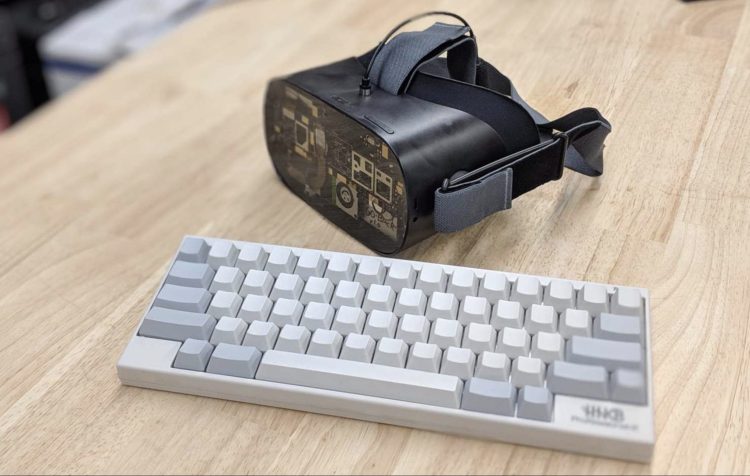Facebook’s $200 Oculus Go virtual reality headset set a new bar for the features and performance of entry-level VR hardware, but it wasn’t perfect. Only two hours of real-world battery life and several ergonomic issues left room for improvement. Now Oculus founder Palmer Luckey is offering users a DIY guide to upgrade the standalone headset on their own.
Luckey’s “GoBlack” mods aren’t necessarily simple for the average user to do at home, but they’re not super challenging — and Facebook generally could have implemented them during manufacturing, improving Go’s user experience without changing the device’s price. As Facebook parted ways with early consumer VR pioneer Luckey back in 2017, it’s no surprise that his suggestions feel like a gentle “here’s what could have been” reminder to Oculus customers.
The first modification uses polyester dye to turn the light gray Go headset matte black, a seemingly cosmetic change that also reduces light inside the facial interface. This tweak, Luckey says, is necessary to cut reflective “god rays” inside the facial interface and is the reason headset makers “learn to embrace matte black” for interior surfaces. He also modified the lenses’ retainer clips, explaining that placing even mildly reflective surfaces near your eyes is a bad design decision.
Two major modifications cut Go’s weight from 400 grams down to 280 grams, making the headset noticeably more comfortable to wear, particularly when your head is moving. One relocates the battery from the front of the headset to the over-head strap, a change that simultaneously rebalances Go’s weight and enables the use of larger, easily swappable batteries. Another replaces the stock passive cooling system with an active but considerably lighter version that’s capable of being powered by the Go motherboard.
If those modifications weren’t enough to make Go more compelling, Luckey details two other features that he worked on: a mobile keyboard that enables Go to be used as a virtual laptop (which works as expected and will likely be detailed in a future blog post) and an IPD adjustment system to support wider eye spacing (which he gave up on). Luckey says he’s looking forward to Oculus’ next-generation standalone headset, the $400 Oculus Quest, which will include IPD adjustment — and no doubt get its own blog post with suggested modifications.

